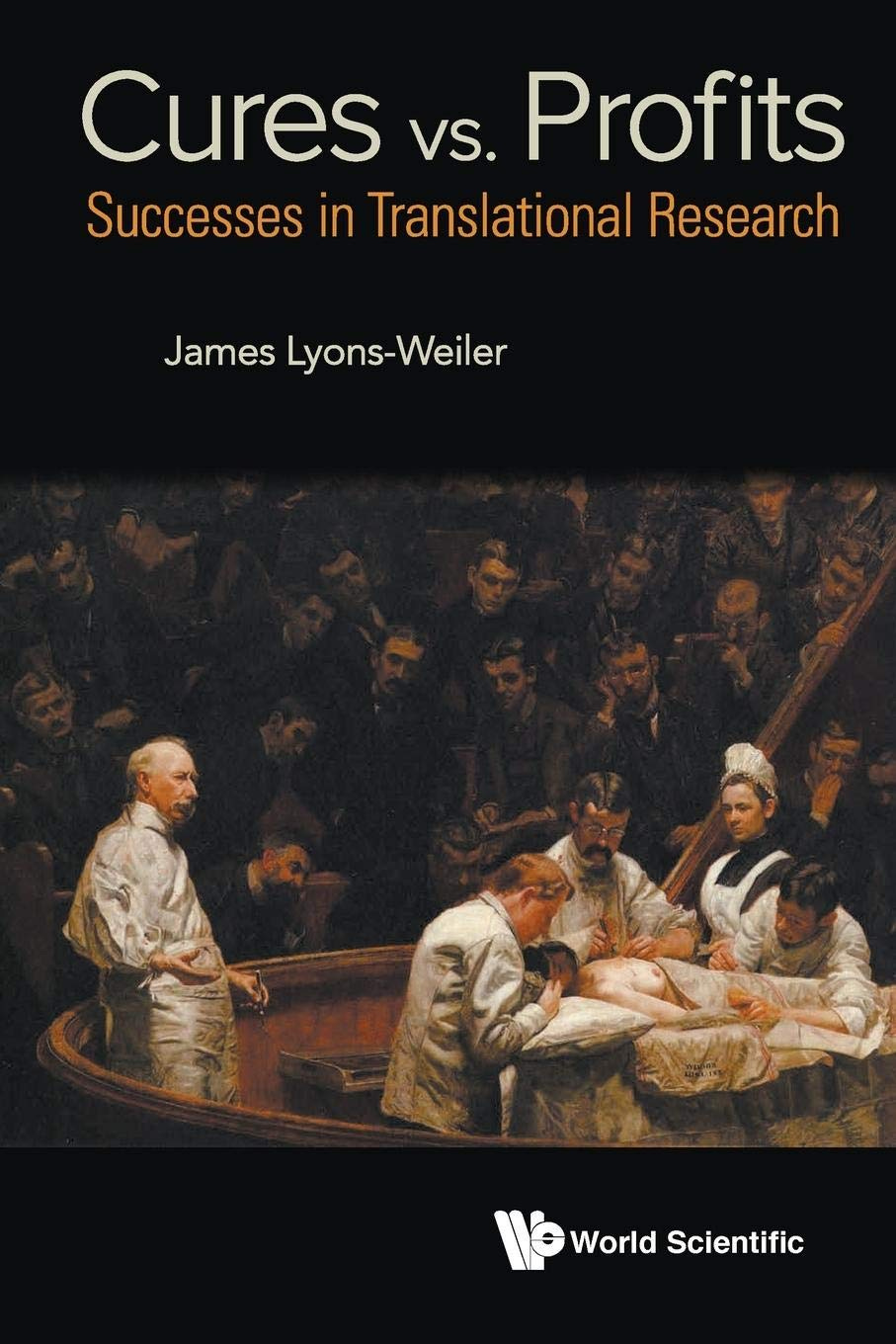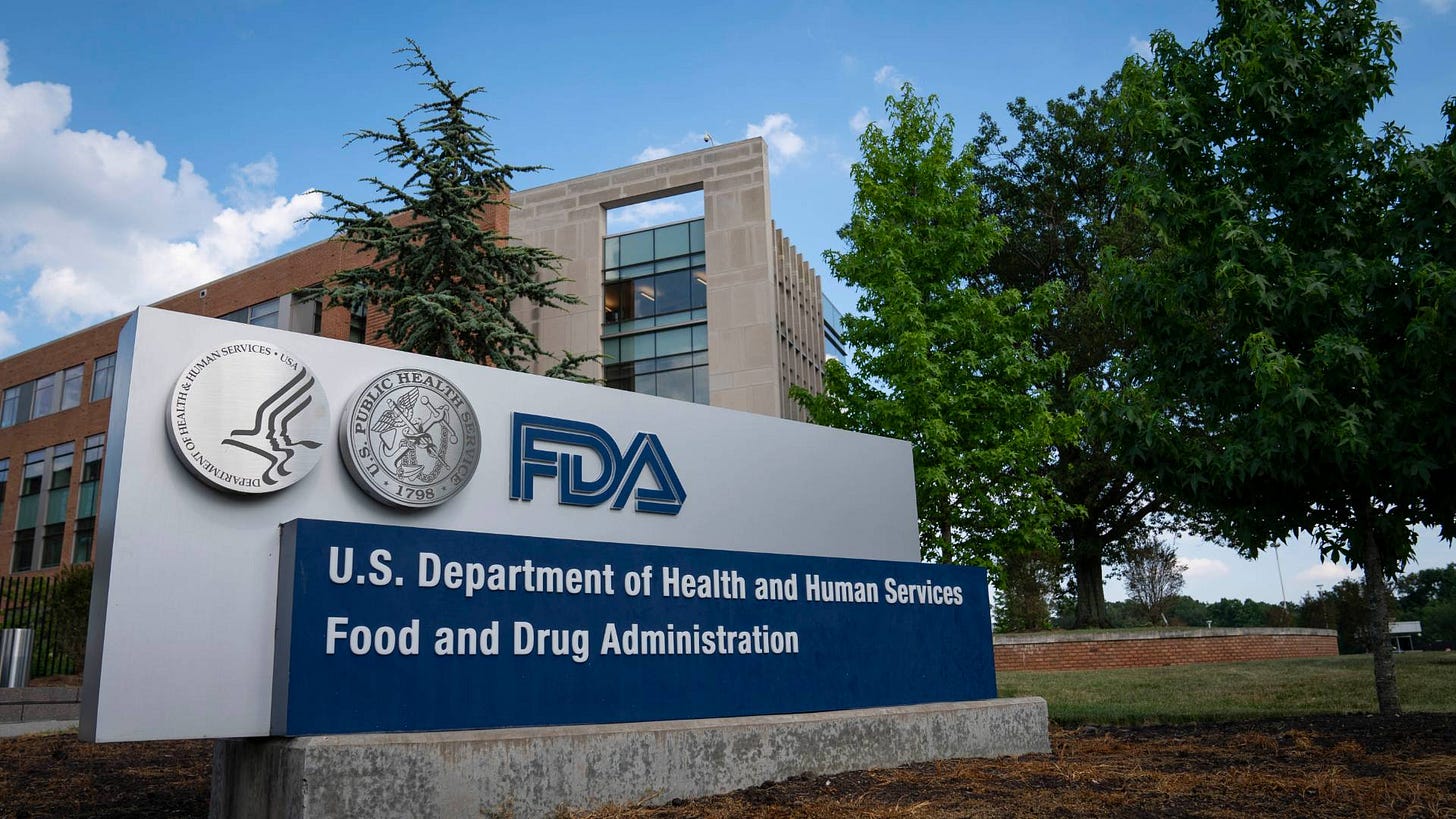By James Lyons-Weiler, PhD, Contributing Writer, The MAHA Report
[Below is the first in a series of articles by James Lyons-Weiler, each about government regulatory capture – how it works and how to reform it.]
“Every system is perfectly designed to get the results it gets.” – W. Edwards Deming
What happens when the watchdog becomes the industry’s lapdog? What if the very system built to protect public health has been quietly redesigned to protect corporate power instead?
There’s a reason Americans are losing trust in our public health institutions. It’s not just about miscommunication or politicization. It’s about something older, deeper, and structural: regulatory capture.
This isn’t a theory. It’s a well-documented phenomenon in political economy—first articulated by Nobel-winning economist George Stigler in 1971, whose Theory of Economic Regulation argued that industries naturally seek to “acquire” their regulators for private advantage. The watchdog becomes a lapdog. The referee joins one of the teams. And what began as public service becomes private protection.
Regulatory capture happens when a government agency, tasked with acting in the public interest, becomes dominated—whether by funding, personnel, ideology, or influence—by the very commercial entities it is supposed to regulate. This isn’t corruption in the classic sense. It’s systemic. It’s quiet. It’s legal. And it changes everything.
Nowhere is this transformation more consequential than inside the U.S. HHS, whose branches—the FDA, CDC, NIH, and CMS—control the rules of drug approval, vaccine schedules, research funding, Medicare pricing, and national health guidance.
With a combined budget, last year, of more than $1.7 trillion in spending, and the power to set medical policy for hundreds of millions of people, HHS is arguably the most important regulatory force in the American economy. When it’s captured, the consequences ripple across every domain of health and science.
And it has been captured – captured by the major pharmaceutical companies it is supposed to regulate
And America is among the sickest nations with the most expensive healthcare in the world.
It’s a central tenet of machine learning that if you use the wrong optimization function, you will end up with inaccurate models. That’s essentially what has been happening in American healthcare: By optimizing for profitability over health, we are getting what we paid for.
In 2015, when I wrote the book Cures vs. Profits, I believed we could change the system by applauding the successes in translational research—moving from bench to bedside and back. Seeing what was happening with administrators, accountants, and insurers deciding on medical care based on what was covered, not what was effective, my focus was: How do we ever see advances in medicine that come through against the perverse profit incentives?
I found sixteen examples of breakthroughs that succeeded despite the financial disincentives—advances that benefited patients but did not maximize revenue. That gave me hope.
Ten years later, I could not possibly write that book.
The fatal flaw is in the optimization function: we subsidize what we want more of. And in the medical industry, profit is what’s most subsidized—not prevention, not outcomes, not public health. In fact, “cost-saving” is anathema to the agenda of administrators who want to see continual growth. And growth in healthcare, perversely, requires more, not fewer, sick people.
Health plans and systems don’t reward cured patients. They reward chronic dependency. And the euphemisms are well known. Health Maintenance sounds proactive, even noble—like the system is built to keep people well.
But what’s being maintained isn’t health; it’s billing continuity. The patient becomes a managed asset—scheduled for checkups, labs, and refills not to optimize wellness, but to maintain their role as a revenue-generating unit.
Managed Care is another phrase that masks its true purpose. It evokes order and coordination, but what it really means is rationing—delays, denials, and algorithms dictating what kind of care can be accessed and when. It hands clinical decisions to actuaries and administrators, with cost containment dressed up as clinical prudence.
And then there’s Value-Based Payment, the latest upgrade in euphemistic healthcare doublespeak. In theory, it ties reimbursement to results. In practice, it rewards those who game the metrics—who check the boxes, hit the coding targets, and drive down utilization, even if outcomes stagnate. Value, in this equation, is measured not by how well a patient heals, but by how efficiently a system avoids spending.
These terms all suggest a health system striving for excellence. But what they actually describe is a machine optimized to perpetuate illness in the most administratively elegant way possible.
The incentives are not aligned with healing—they’re aligned with volume, billing codes, and procedural outputs. In such a system, even the best intentions are warped by systemic gravity.
This series of articles will show how.
But first, let’s understand how this happens. Imagine the earliest regulatory bodies, like the Interstate Commerce Commission in the 19th century, built to rein in railroad monopolies. By the 1890s, it was already taking "the railroad view of things," as former Attorney General Richard Olney wrote in a private letter. "The part of wisdom is not to destroy the Commission," he advised his railroad clients, "but to utilize it." That same logic animates today's public-private partnerships, advisory boards stacked with industry insiders, and agencies funded by the very companies they’re meant to regulate.
This isn’t just an unfortunate side effect of modern governance. It’s the predictable outcome of how regulatory systems are structured by their participants. When corporations discovered that by positioning themselves—not patients—as ‘stakeholders,’ they could help write the rules, they learned they can "help" the agencies write the rules.
When pharmaceutical companies can fund FDA reviews of their own drugs, when vaccine developers sit on panels that decide national immunization schedules, and when scientists who hold patents vote on product recommendations—they’re not working for the public. They’re serving their financial interests under the banner of public trust.
In health policy, the cost of capture is not just measured in dollars. It’s measured in preventable death, chronic pain, and systemic betrayal—from Vioxx to OxyContin to fast-tracked approvals based on hope, not evidence.
You’ll meet the FDA officials who joined pharma boards weeks after approving their drugs. The whistleblowers whose warnings were buried. And the policies that were killed.
It’s not just the FDA, it’s not just medicine, and it's not just federal. It’s the EPA, where former chemical lobbyists write air and water safety regulations that minimize industry liability.
It’s the NIEHS, where critical research on endocrine disruptors stalls under political pressure, even as chronic illness rates climb.
It’s the SEC, where financial regulators routinely return to the same firms they were once charged with monitoring—firms that engineer economic collapses and get bailed out with public funds.
It’s the USDA, where agribusiness giants influence nutritional guidelines that shape school lunches and public health campaigns.
It’s the FAA, where airline safety rules bend to accommodate cost-saving maintenance shortcuts.
It’s the FCC, where telecom companies help draft the rules that govern their own surveillance reach, cracking down on innovation to maintain the status quo.
It is defense contractors and elected officials acting on war plans for profit. Across agency after agency, the pattern is the same: regulation has become a police service to corporate interests. The public pays the bill, but the industry calls the shots.
This series is about naming the problem and showing its architecture. We’ll walk through its origins, its mechanics, its consequences, its enablers, and—critically—how to dismantle it.
Since I lived and experienced translational research, and helped build academic infrastructure to support it, I will bring my personal eye-witness accounts of the corrosive impact of a system engineered to optimize only for revenue and influence.
And I’ll share a vision for transformational research—one that bothers to ask the questions industry and big medicine has insufficient incentive to fund. Questions like: What really heals? What prevents illness at the root, not just manages it downstream? What models of care reduce suffering without maximizing billing?
A system worthy of humanity would start with those questions and build outward, optimizing not for profit or political alignment, but for restored lives, resilient communities, and scientific independence.
That’s the future for which this series fights.











"The watchdog becomes a lapdog." Perfect!
The captured FDA recently approved more covid vaccines, lab meats, genetically modified animals for food, Apeel on organic food produce UNLABELED , dairy cows injected with Bovaer, example: Zeal dairy products, UNLABELED and the list continues. The AG ? Corrupt. The EPA? Captured. Overall HHS makes one announcement of a positive achievement while the FDA quietly approves two more horrific means to undermine our health and the environment.
STOP and take responsibility for who and what your everyday choices support.